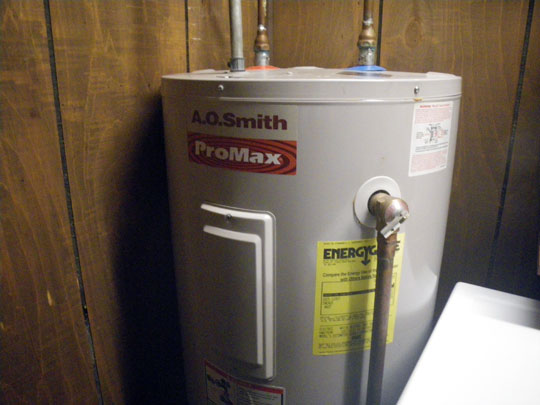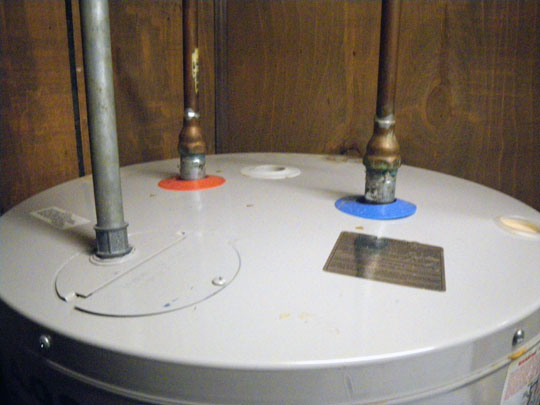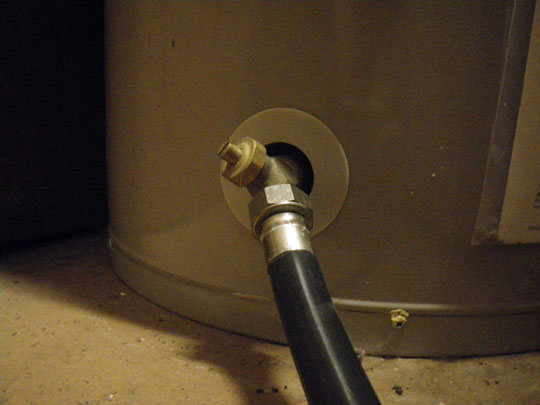
Most people never give their water heater a second thought; however, did you know that anywhere from 30-50 gallons of emergency water can be found in your water heater, depending on its size? It is said that the human body requires around a gallon of water per day to survive, depending on conditions, and that’s not including the water needed for cooking or bathing. Typically, your average 40 gallon water heater would supply a single individual with enough safe drinking water for at least 5 weeks.
Today I am going to show you how to access this water. It’s a pretty simple procedure, and in a grid-down situation, having this extra water on hand could save your life. This information is also good to know should you ever have a water heater that starts to leak; if you catch it in time, shutting down the cold water intake to the tank and draining it would prevent any water damage. When removing water from the tank, the first thing that you should do is turn off the power at the breaker-box. If yours is a gas heater, turn the thermostat to the “pilot” setting. Once you have turned off the power or gas, you then may continue with the following steps.
Step 1: Turn off the Water Supply / Only for Leaking Water Heater
Normally, if you have a leaking water heater, you are going to want to shut off the cold-water intake line going to the water heater so that water won’t continue filling the tank. My water heater is marked with Red/Blue Indicators so I know which line is the cold-water intake line. However, if yours is not marked, feel the pipes and put a tag on the cold one so you know for future reference. Just follow the pipes coming out of the heater and you should see the shut off valves. When removing water from the heater to use in an emergency, you’re going to want to leave these lines open. Leaving the water lines open can actually recover a couple of extra gallons that are in the pipes of your home, but if there is any chance the water supply could be tainted, be sure to close the cold-water intake line.

- Cold-Water Inlet Marked With Blue

Step 2: Removing the Hot/Water
Next, you are going to want to open one of the hot-water faucets in one of your sinks. This will prevent a vacuum from forming in the lines, allowing the water to flow. After you have opened one of the hot water faucets, go back to your water heater and locate the drain valve. The drain valve is located near the bottom of the tank, and it looks like an outside garden faucet, only without the knob. Once you locate the valve, connect a garden hose (preferably a drink safe hose), like the one shown in the photo below.

Step 3: Open the Drain Valve
You can remove water, as needed, by opening the drain valve to collect the water. The valve on most water heaters is slotted like a regular screw so you’re going to need a screwdriver for this. Slowly open the valve. In doing so, keep in mind that some older water heaters may have some sediment built up at the bottom of the tank, so you might want to run it through a bandanna or t-shirt. Water can be stored for up to six months, so if you are getting water from a tank that has been sitting for longer than six months, you will want to use a quality water filter to purify the water. If by any chance the grid should come back up, remember to refill the water tank before supplying it with power again; this is to prevent damage to your water heater. You do this by first making sure the drain valve is closed, and then opening up your cold-intake valve if you had it closed. Keep in mind, if you have a well with a pressure tank, you can get additional water from the pressure tank as well.
